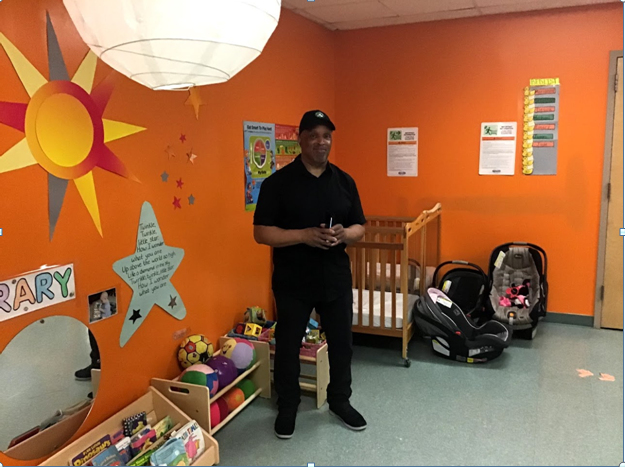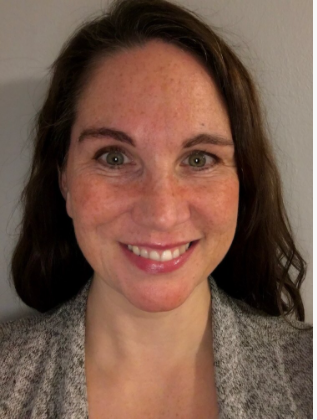Early Educator Spotlight Interview: Sara Murray from Boston Outdoor Preschool Network
Here is our latest in our Early Educator Spotlight Interview series. This time I interview Sara Murray from Boston Outdoor Preschool Network (https://www.bopn.org)
Question 1: What experiences have you had in the field of early childhood education and care?
Sara: I have worked with young children for the entire 25 years of my professional life. I taught in Boston-area Montessori 3-6 year old programs for five years, and I taught first grade at a local private school for the past six years before BOPN. I started my teaching career in public school elementary and special education, and I have also worked as a nanny for young children.
Question 2: Were there any college courses, mentors, or professional development experiences that stood out as being helpful to your work?
Sara: My Montessori training at New England Montessori Teacher Education Center (NEMTEC) really helped shape my teaching philosophy and still influences how I act and interact with children today. There is so much good in the Montessori method that can be used in other settings. I brought many of the best parts of the Montessori philosophy to my first-grade classroom, and the Montessori philosophy guides and influences many of my decisions, lessons, and interactions with my students at BOPN today.
Question 3: Why do you think getting children outside and involved with nature is important?
Sara: There are so many wonderful reasons to provide opportunities for children to connect with nature in meaningful ways! There is a tremendous amount of research that supports the cognitive, physical, and emotional benefits of children being and playing outside. At BOPN, I love witnessing their deepening connection with the outside world and the discoveries they make on their own just being at the Arboretum – noticing that they feel warmer in the sun and cooler in the shade, how it feels when the rain is just starting to fall, feeling a strong wind blow their hair, clothes and body .
When I taught in a more traditional classroom environment, I put a tremendous amount of thought into how I could provide opportunities for movement throughout the school day. I strived to offer lessons and activities where children could get up and move around the classroom while we were learning together. But even my best lesson could not compare to what we are able to offer our students at BOPN. They get to use their bodies and move – running back and forth across a meadow, hiking on a path, catching leaves as they fall from a tree, rolling down a hill, sliding on a large smooth rock, working together to carry a heavy branch – all morning long. They feel powerful and free, and it is an honor to provide these opportunities for them as they experience this freedom to learn, play, and just be in nature.
Question 4: How do specifically think the Arnold Arboretum can incorporate into your programs activities and curriculum?
Sara: We are so lucky to spend our days playing in and exploring the Arnold Arboretum. We often hike to familiar “Adventure Spots”, and sometimes we discover new places. We learn about the different plants, flowers, and trees in our favorite areas. We are meeting the workers who help keep the Arboretum running smoothly and learning about the different jobs that help take care of this special environment. The trees, flowers, plants, animals, and birds we see are all part of our learning and curriculum, and we are so happy to have such a curated collection to appreciate!
Question 5: What advice would you give to a young adult just starting their career in early childhood education?
Sara: Two of my favorite Montessori phrases are “prepared environment” and “freedom within limits”. These speak to the idea that the teacher prepares the environment and helps the child connect to the environment, but then lets the child choose their own learning within the appropriate set of guidelines and boundaries. Teachers love being with and interacting with children, but sometimes we just need to get out of the way and trust children to know what is best for themselves and their learning. If you have set up a classroom (or nature program!) that you think is safe, fun, and appropriate for the children you teach, they don’t always need you right in their space, or commenting on their every action. Quietly observing from a distance, giving them room to direct their own learning, being available to support, share, and guide when needed – but trusting children to care for themselves and each other – can be a rewarding, fun, and satisfying way to teach and be with children.





